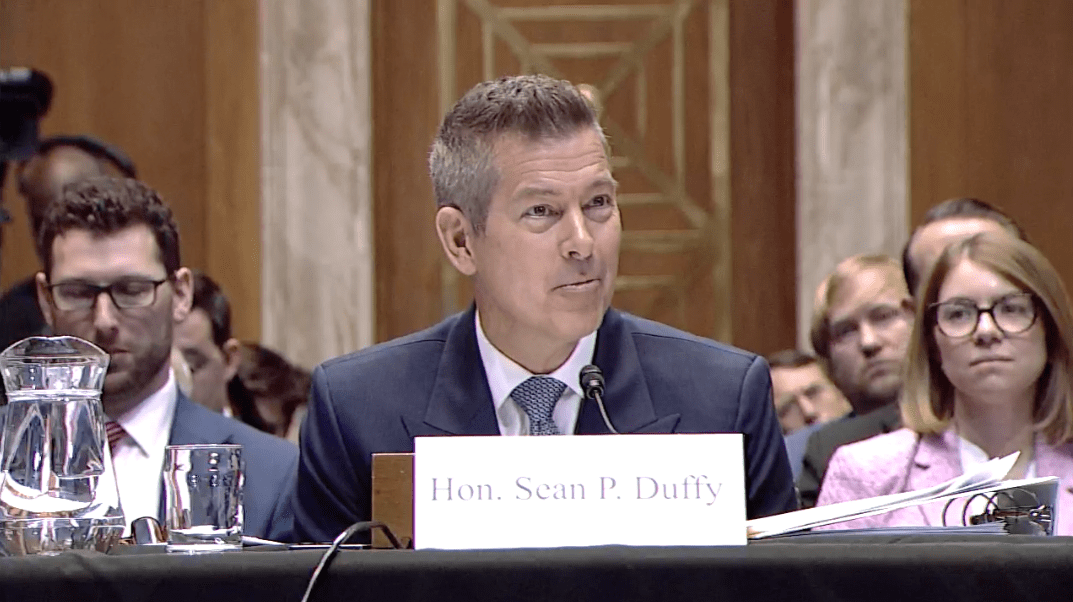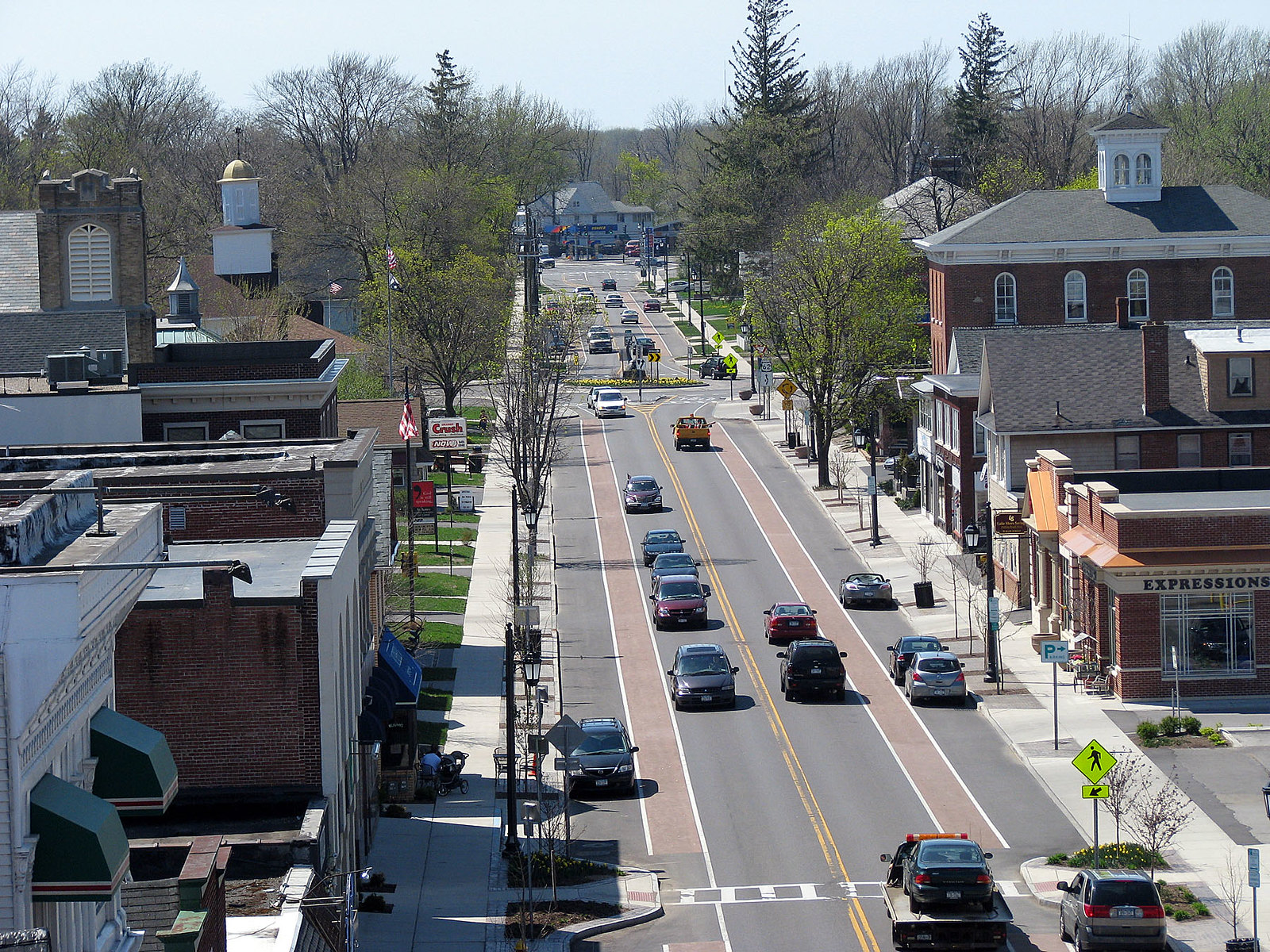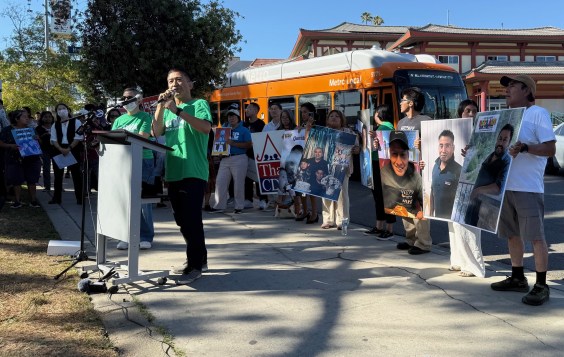It's easy to take shots at "the suburbs," a catchall term that evokes big box stores, fields of parking lots, and social exclusion. But suburbs don't have to be designed around driving, writes David Levinson at Streets.mn. Many of these places just had the misfortune to be developed at a time when awful planning practices were ascendant:
The problem with the suburbs isn’t that they are not the city. The problem with the suburbs is the same problem as the city: they had a bad 5 or 6 decades of urban design. Cities in the same period saw urban renewal, mostly mediocre architecture, replacement of buildings with surface parking lots, and a general hollowing out. It’s not because it’s the city that this is a problem, it’s because there were some terrible design (planning, engineering) memes out there which got implemented as policy, while operating in a market that just had no taste. It is worse with the suburbs, as for many, those six decades of urban design were the only six decades of development they had, while for the city, at least the older street network remained mostly intact, as did some of the older commercial buildings and much of the housing stock.
It’s not the now-assimilated suburbs built before the big cities reached out to envelop them within the daily metropolitan system. It’s not the older suburbs within the core cities, or the first ring suburbs adhering to the grid. It is a particular design of a particular era which enlarges distances between places in order to offer larger parcels of land on which to spend time and store cars.
To reverse this, people will need to want to spend more time off-their property, bear more affinity for their neighbors, and promote changes to land use rules to enable such things (which will follow from consumer preferences). Technologies, policies, land uses, and transportation networks which reduce the demand for car ownership and car storage will facilitate this.
Elsewhere on the Network today: Biking Toronto reports that the city is adding a new protected bike lane. Getting Around Sacramento shares some thoughts on the pros and cons of making sidewalk maintenance the responsibility of property owners. And Systemic Failure says Caltrain could help solve its "bumping" problem -- keeping passengers from boarding trains that are deemed full -- simply by removing some seats.






